INFOS & SERVICE
OUR OTHER WEBSITES
Mohan - Mengla
Welcome to China
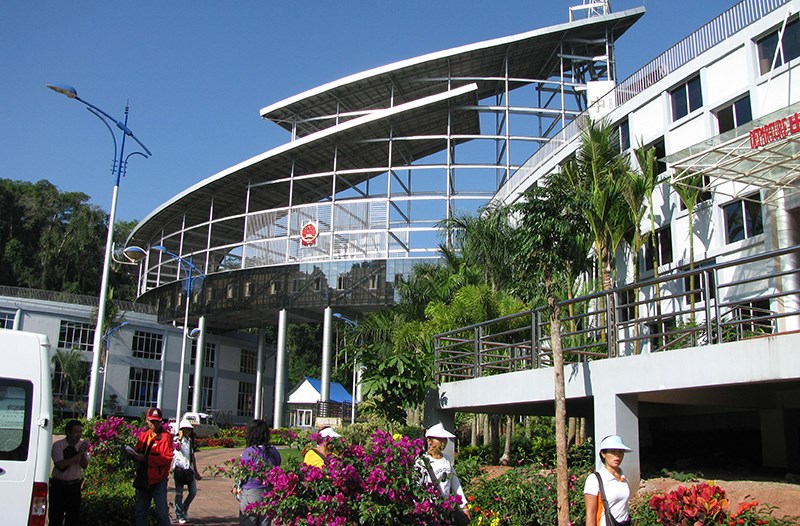
Mengla – Pu’er
Subtropical landscapes in southern Yunnan
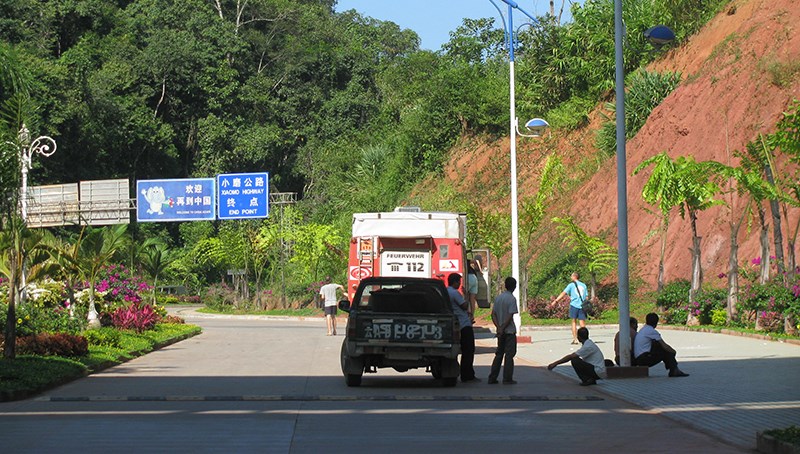
Pu’er - Yuanyang
Sunset of Bada Terrace in Yuanyang
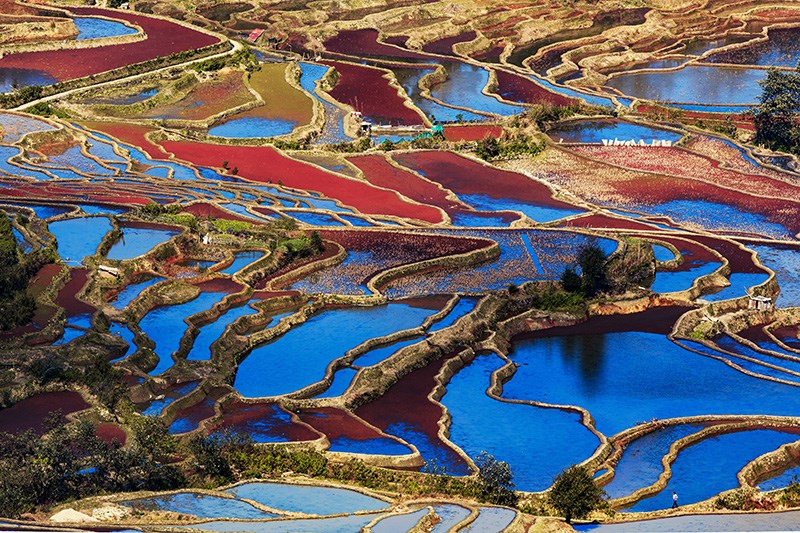
Yuanyang
Sunrise at Duoyishu Terraces, Blue Terraces, Colorful Terraces at Eagle’s Beak, Tiger Mouth Terraces
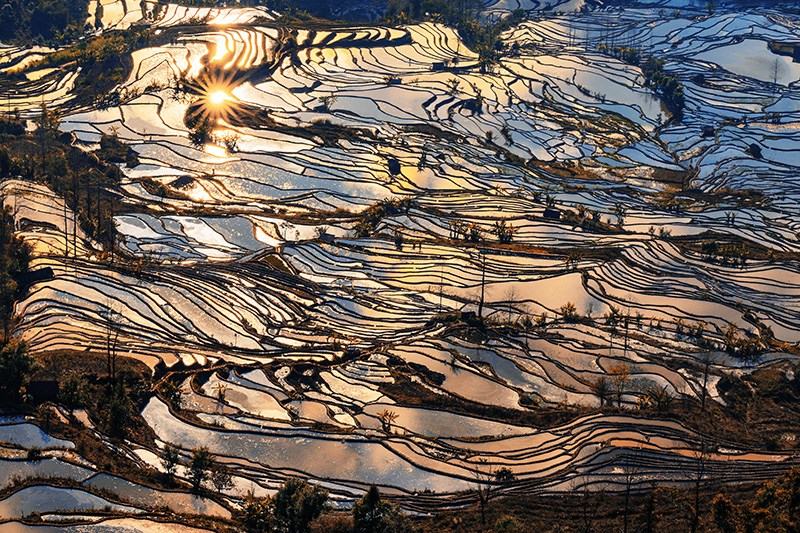
Yuanyang - Jianshui
Sunrise of Duoyishu Terraces. Ancient city Jianshui, Chaoyang Tower, Garden of Family Zhu, Confucian Temple, Double Dragon Bridge at sunset
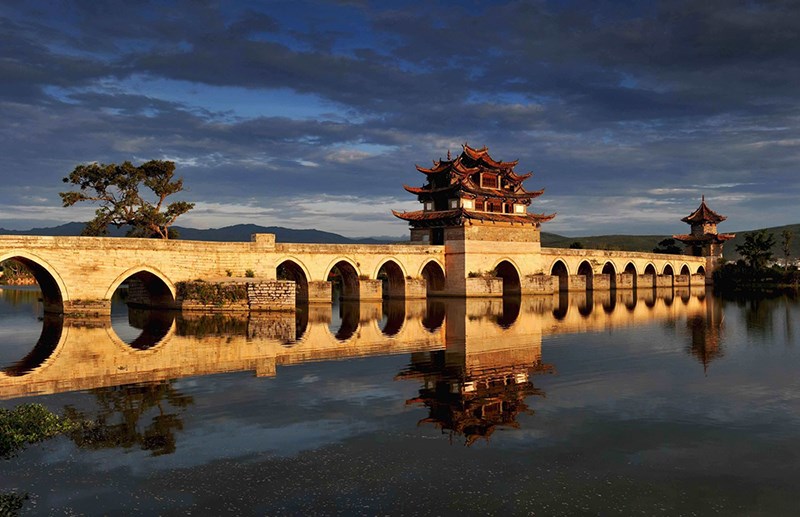
Jianshui - Shilin - Kunming
Karst landscape, stone forest
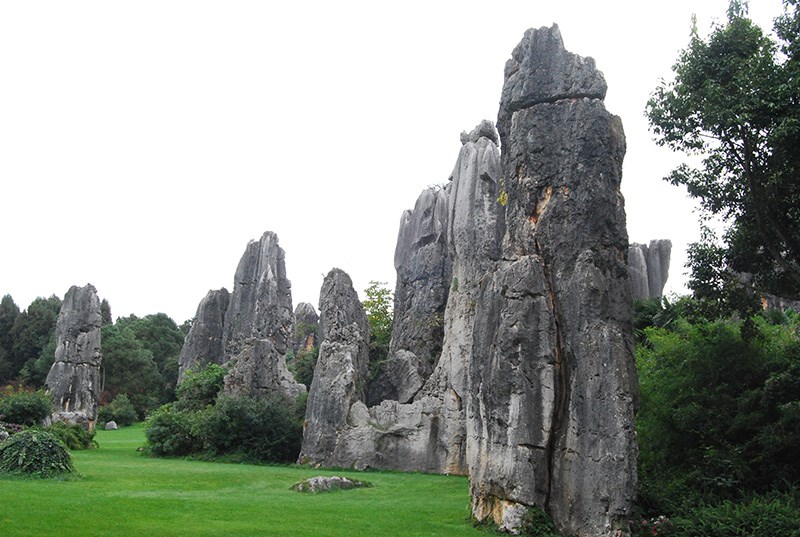
Kunming - Dali
Visit the Three Pagodas, Erhai Lake, stroll in the old town of Dali
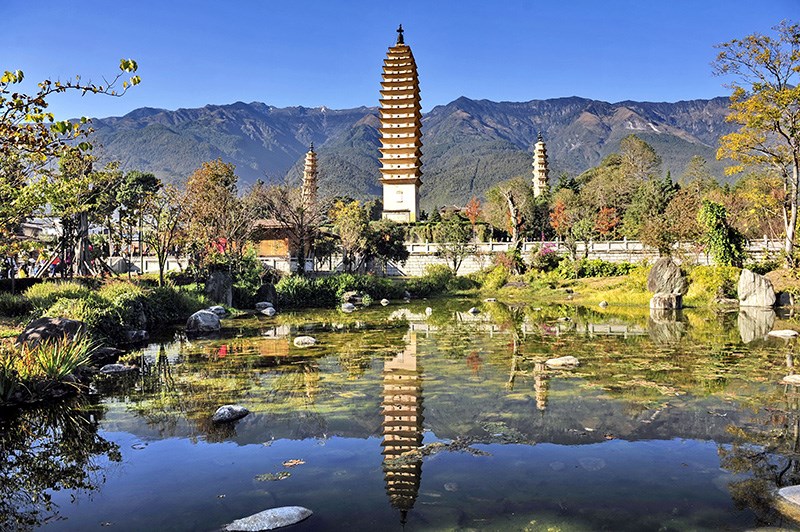
Dali – Xizhou – Shaxi – Lijiang
Old towns Xizhou and Shaxi. Ancient tea horse road
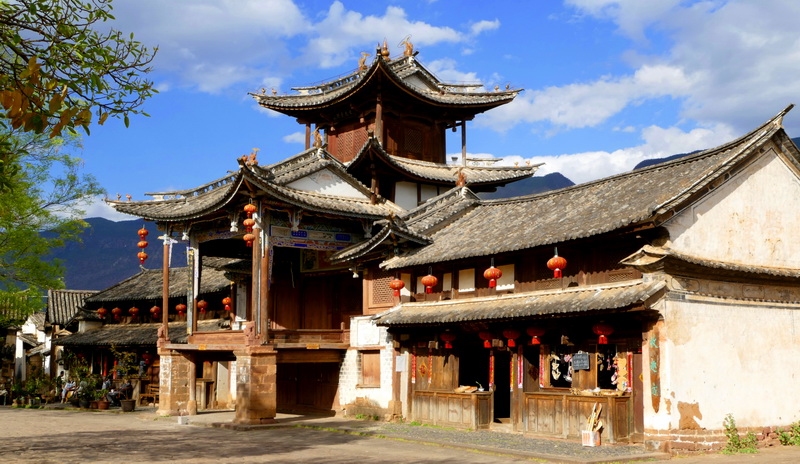
Lijiang
Old town Lijiang, Black Dragon Pool, Dongba Culture Museum, mural at Baisha Village and residence of Josef Rock at Yuhu Village
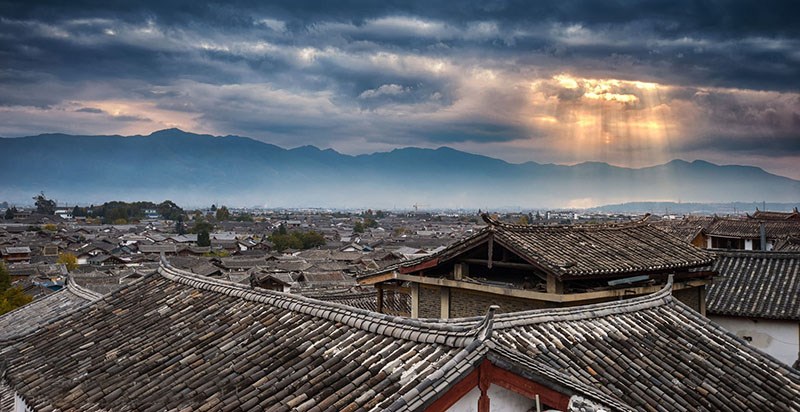
Lijiang - Tiger Leaping Gorge – Shangri-La
Walking in the Tiger Leaping Gorge. Old town Dukezong
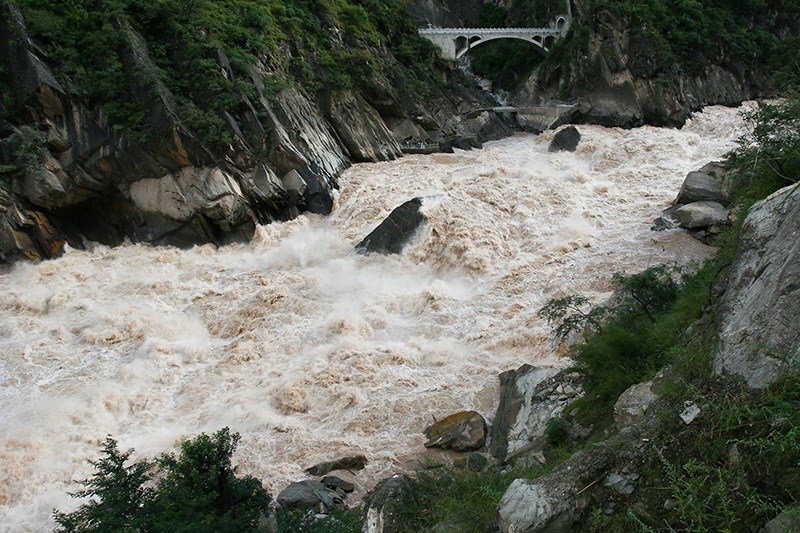
Shangri-La – Benzilan - Dechen – Feilai Si
Sumzanlin Monastery, Benzilan Village, The first bend of Jinsha Jiang, sunset of Meili Snow Mountain
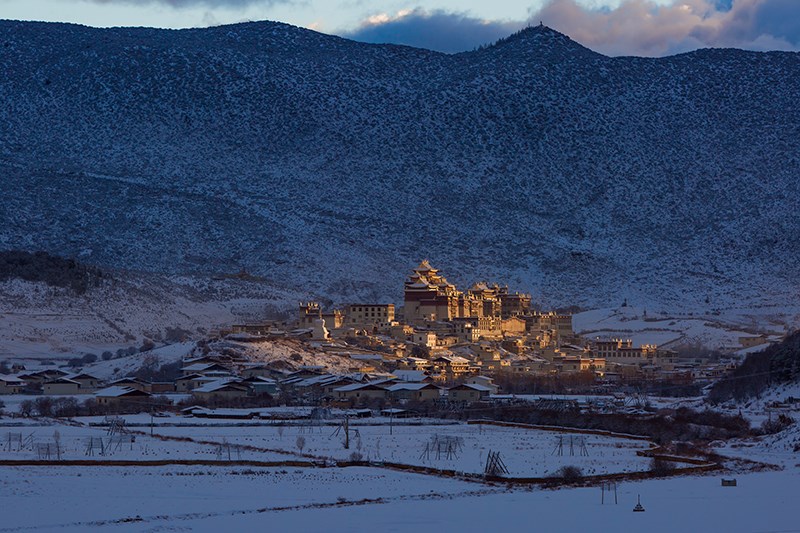
Feilai Si - Yanjing - Markam - Zuogong
Sunrise of Meili Snow Mountain. Drive through the three rivers area, main part of the Hengduan Mountains. Farewell to Yunnan and greetings from Tibet.
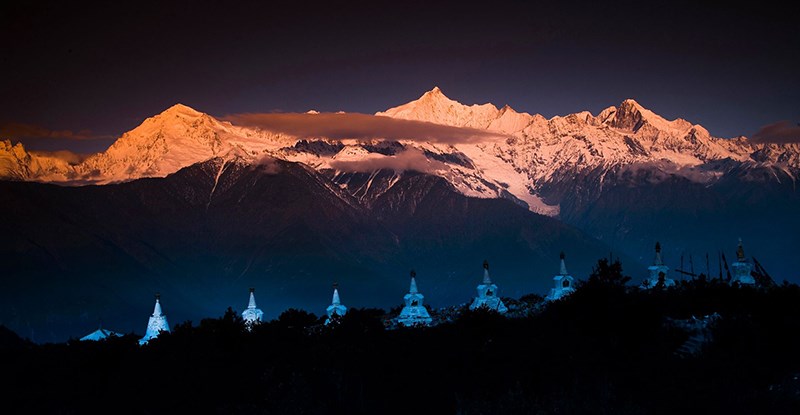
Zuogong – Bangda - Baxoi – Ranwu
Overcome 72-turn, stay be the beautiful Ranwu lake
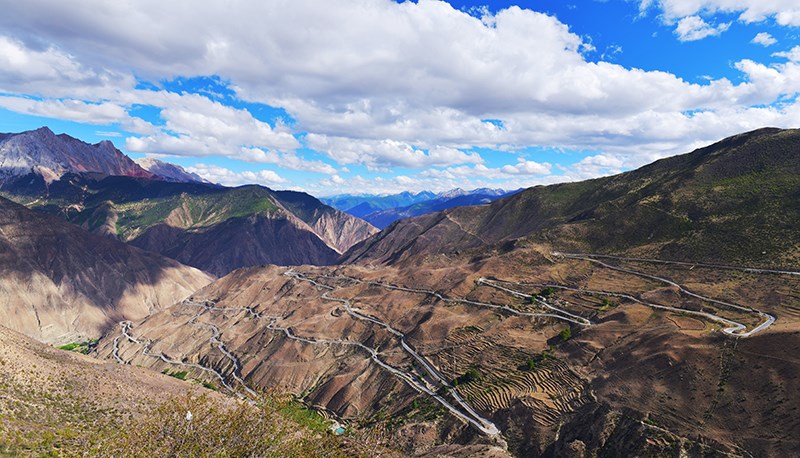
Ranwu – Midui – Bome - Lulang
Midui Glacier, Parlung Tsangpo, Lulang Town
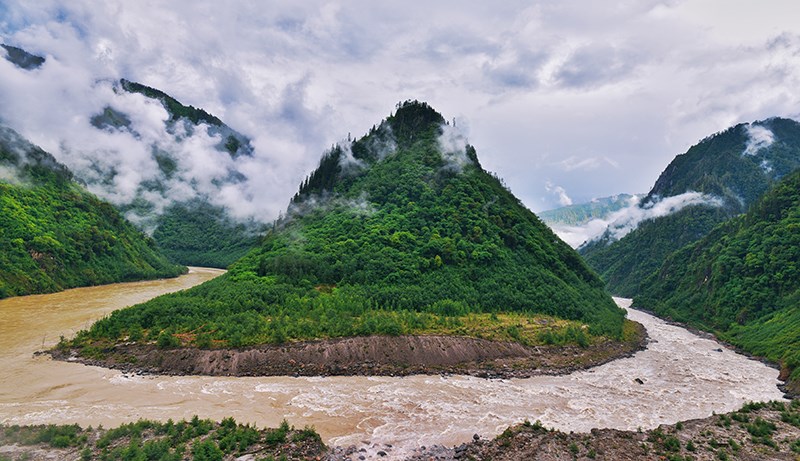
Lulang - Linzhi - Basum Tso
Overlook Gyala Pelri and Namjabarwa, Buchu monastery, Lamaling temple, Ancient Giant Cypress Forest, Niyang River, Basum Tso Lake
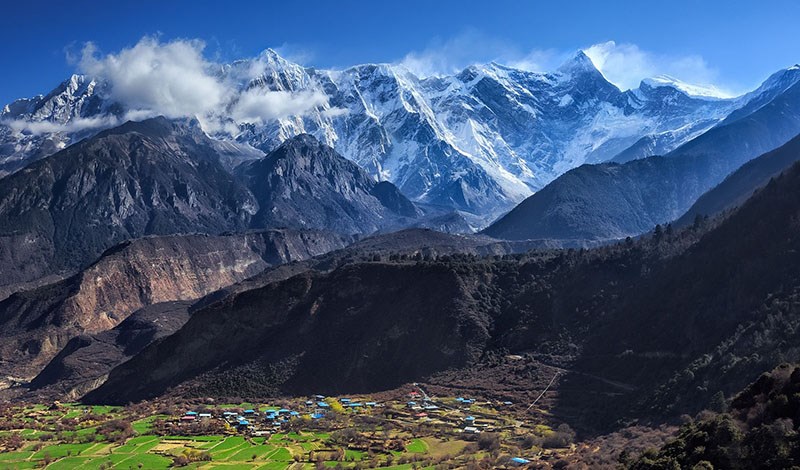
Basum Tso – Gandan – Lhasa
Mi La Mountain Pass. Gandan Monastery. Welcome in Lhasa!
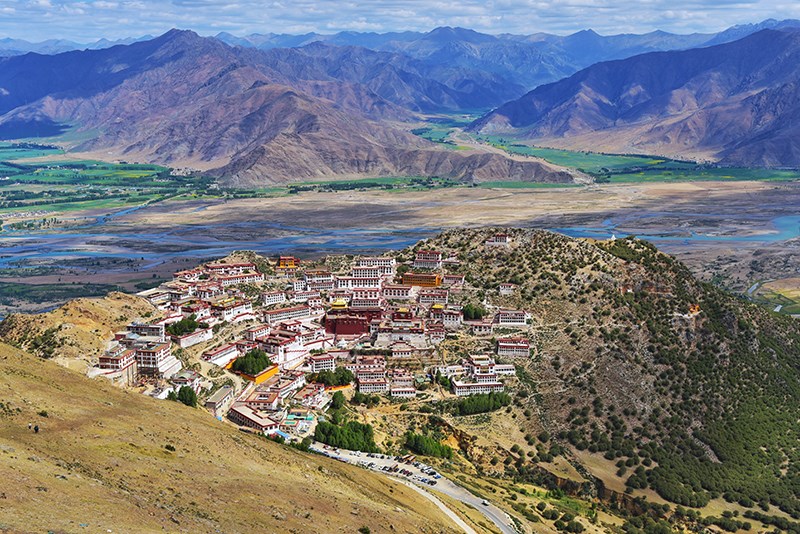
Lhasa
Potala Palace – landmark of Lhasa, Jokhang and Barkhor Street
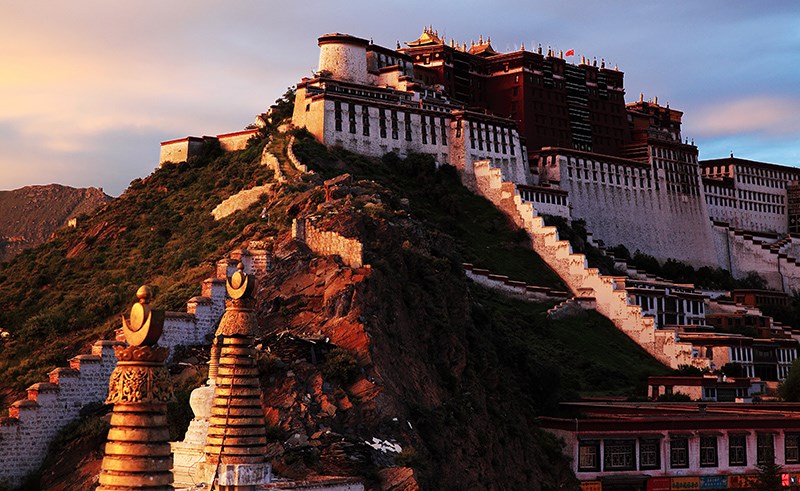
Lhasa
Panoramic view over Potala, Norbulingka, Debate in Sera
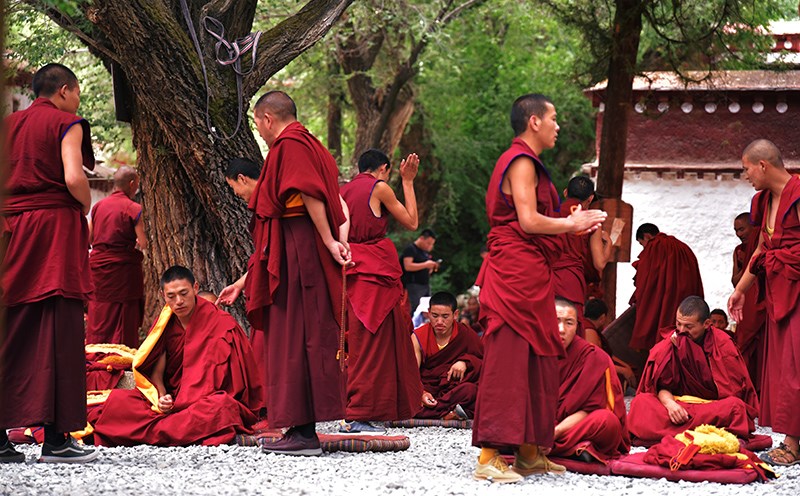
Lhasa - Yamdrok - Gyantse - Shigatse
Karo La Pass and Glacier, holy lake Yamdrok, Palkhor with Pagoda Kumbum
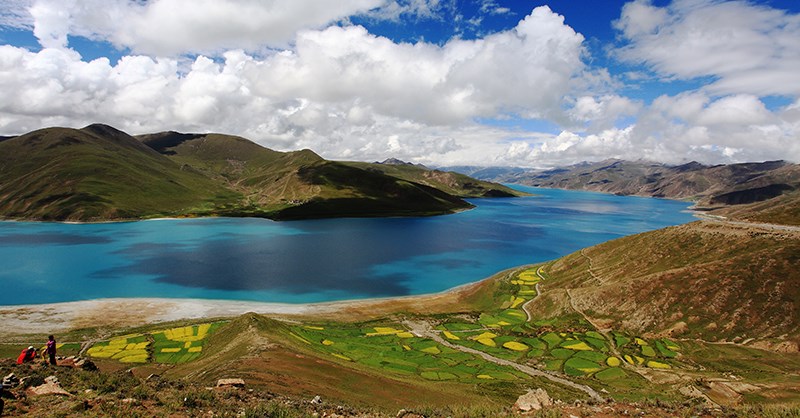
Shigatse - Shegar - Rongbuk / Everest
Tashilunpo Monastery, Rongbuk Monastery, sunset on Qomolangma (Everest)
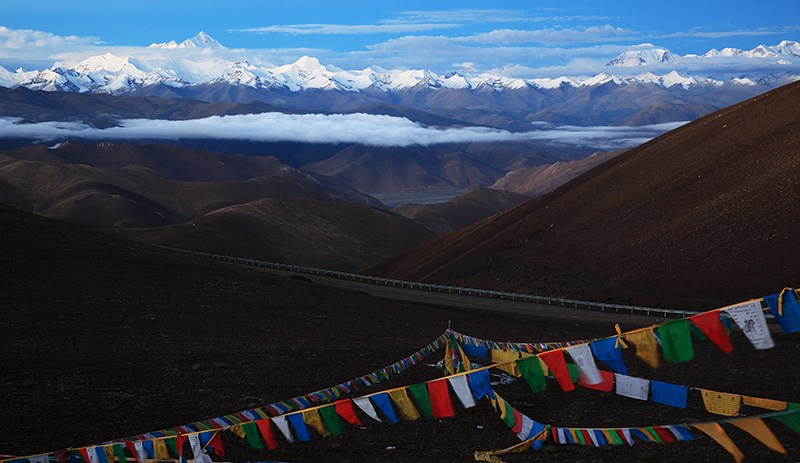
Rongbuk - Oldt Tingri - Paiku Tso - Saga
Sunrise over Qomolangma (Everest), Paiku Tso
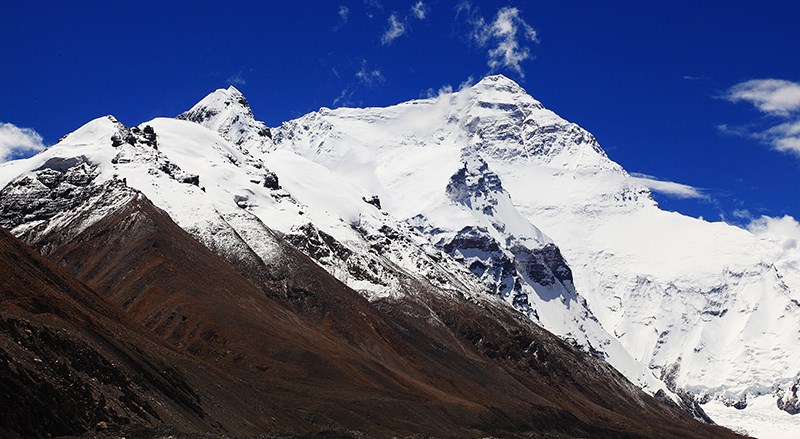
Saga – Paryang – Manasarovar Lake
Kiangs (wild ass) and antelopes, Manasarovar lake
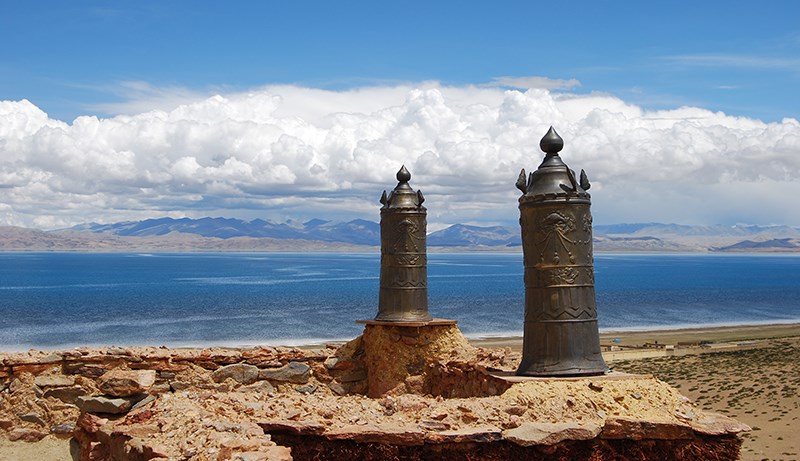
Manasarovar Lake – Darchen - Tsada
Manasarovar Lake, Tirthapuri Meditation Cave Padmasambhavas
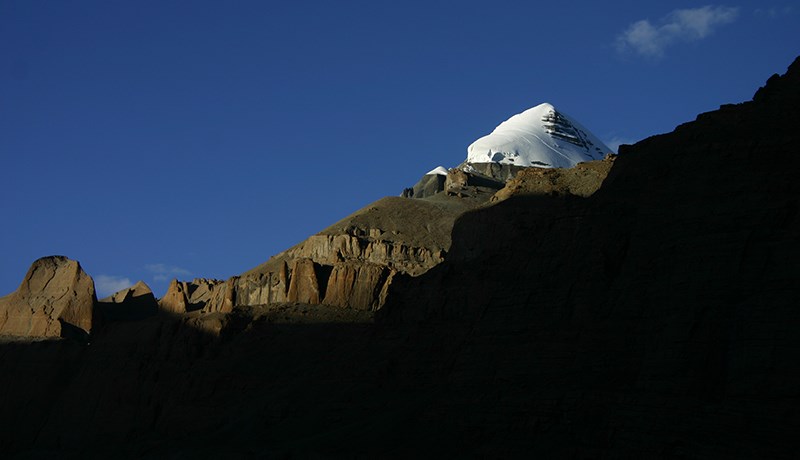
Tsada – Shiquanhe
Tsaparang, the monastery Toling, earth forest in Tsada
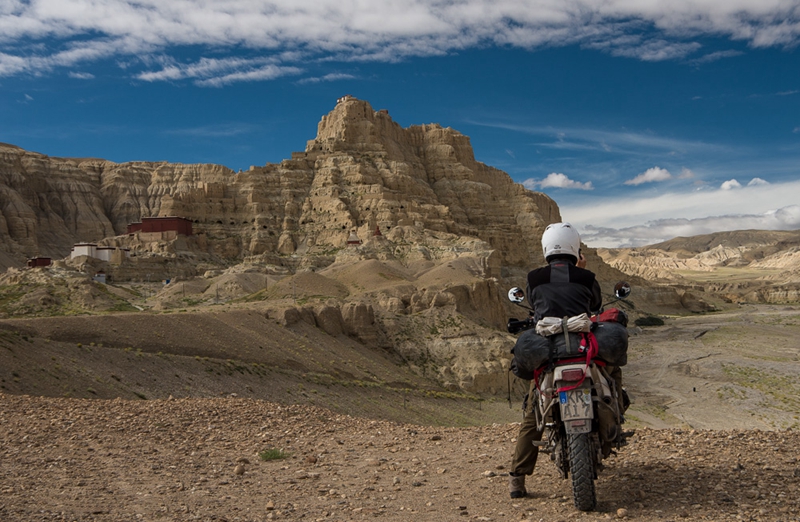
Shiquanhe – Pangong Tso – Dorma
Bangong Tso Lake

Dorma – Dahongliuta
Crossing from the 5406 m Jieshan Pass

Dahongliutan – Mazar
Heika pass, city of Mazar, view from Qogir mountain

Mazar - Yecheng - Kashgar
The Mazar and Kudi passes, knife city Yecheng
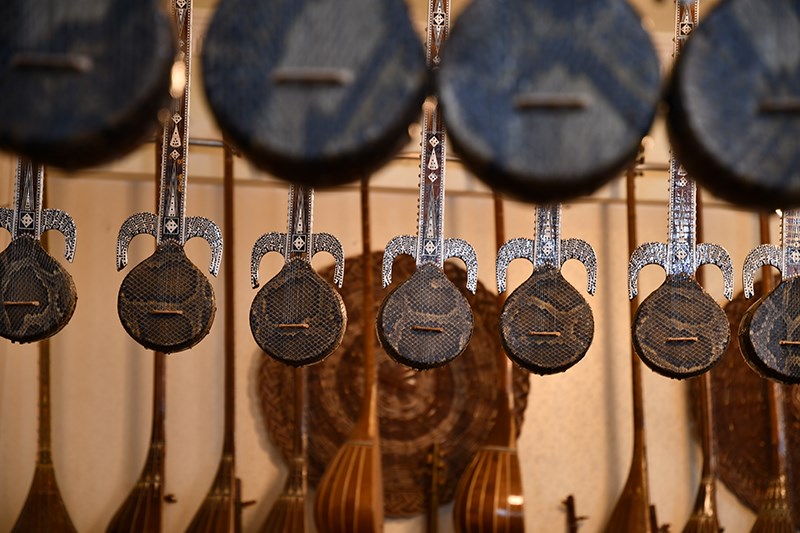
Kashgar
Sunday Bazaar in Kashgar, Id Gagh Mosque, the Akba Khojia Mausoleum
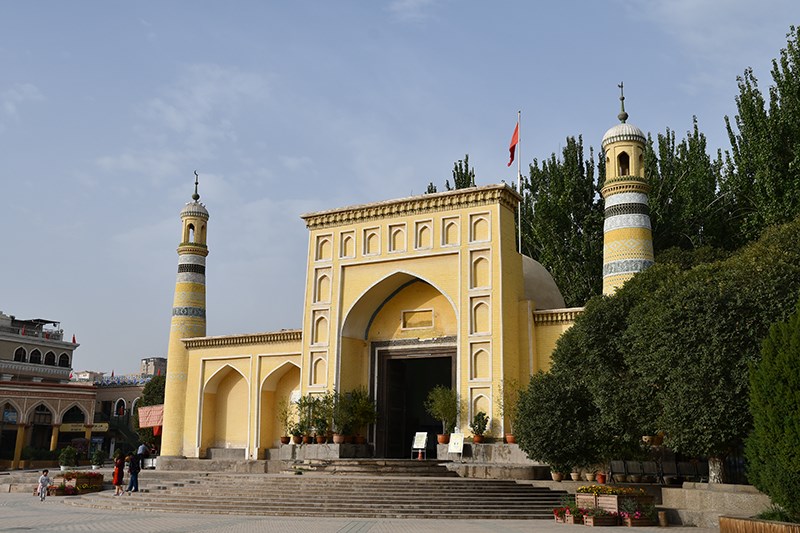
Kashgar - Irkeshtam – Kyrgyzstan
Farewell to China

Private travel, great experiences! Please contact us for your tailor-made travel offer.
With individual China Tibet travel, you can decide when, where and how you go on tour by yourself. What's more, you can choose the length of travel and whom you go with.